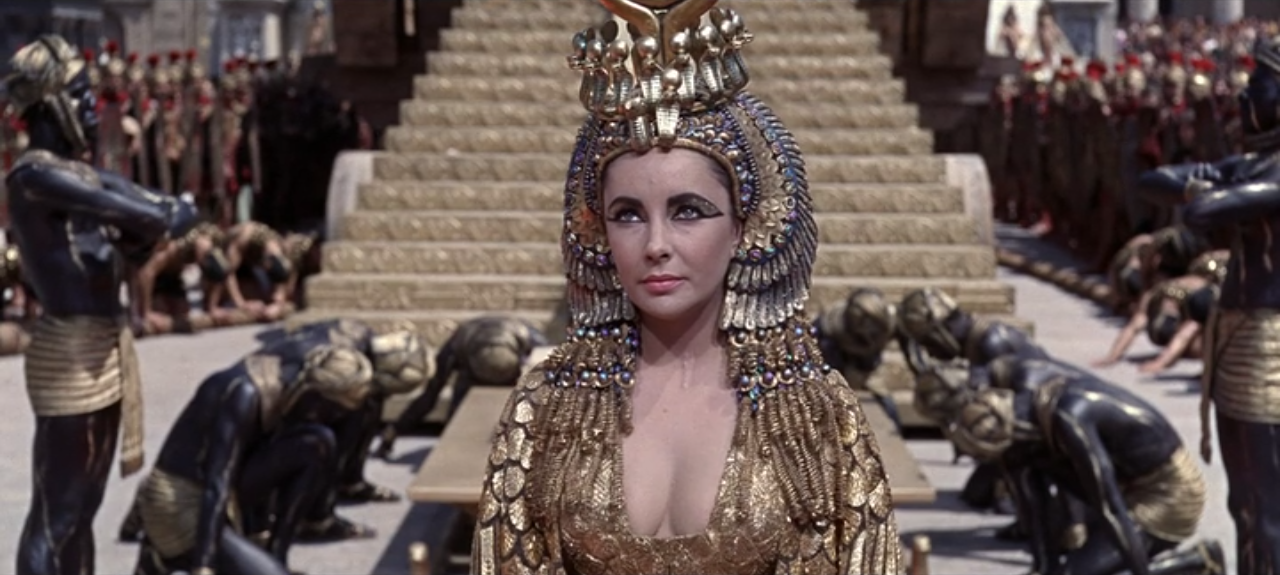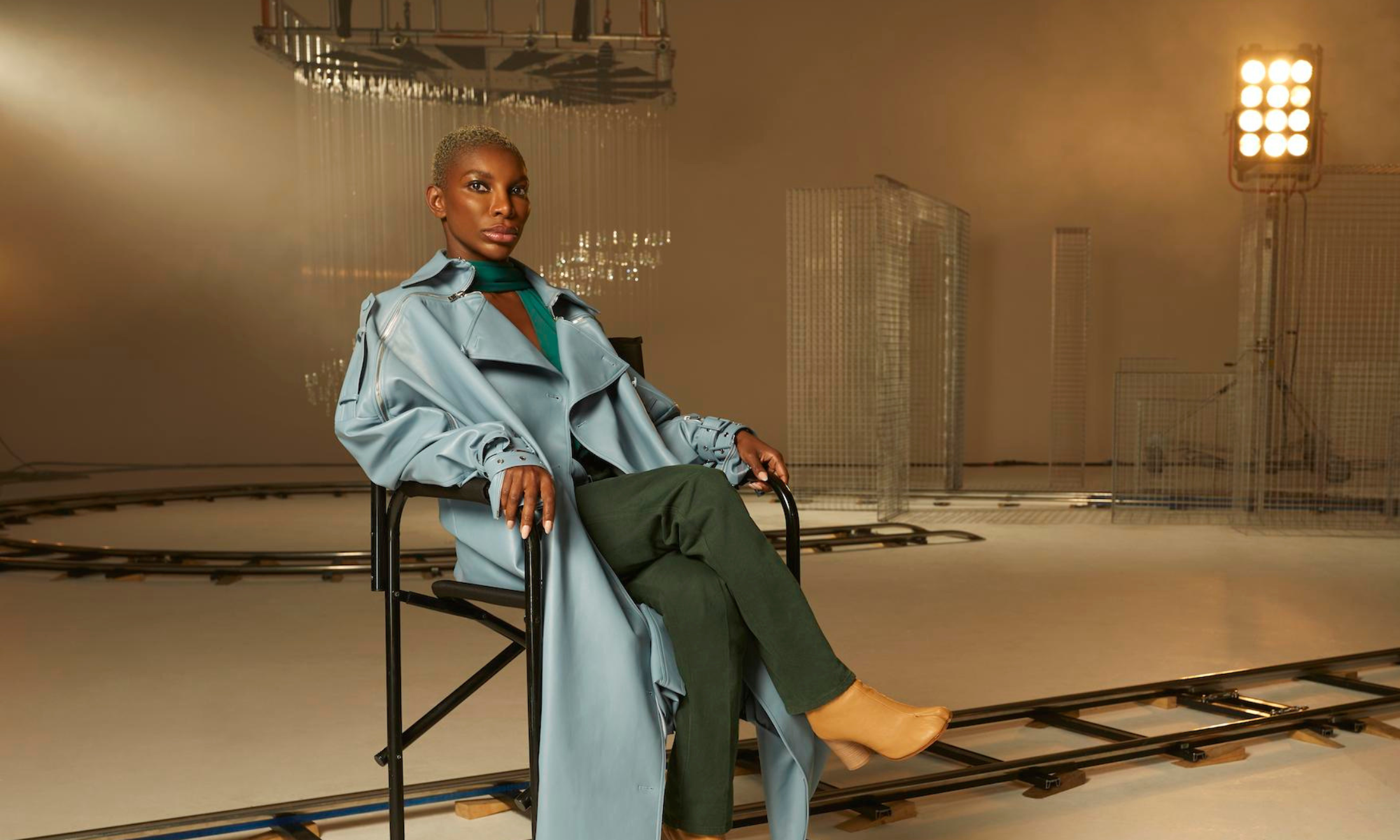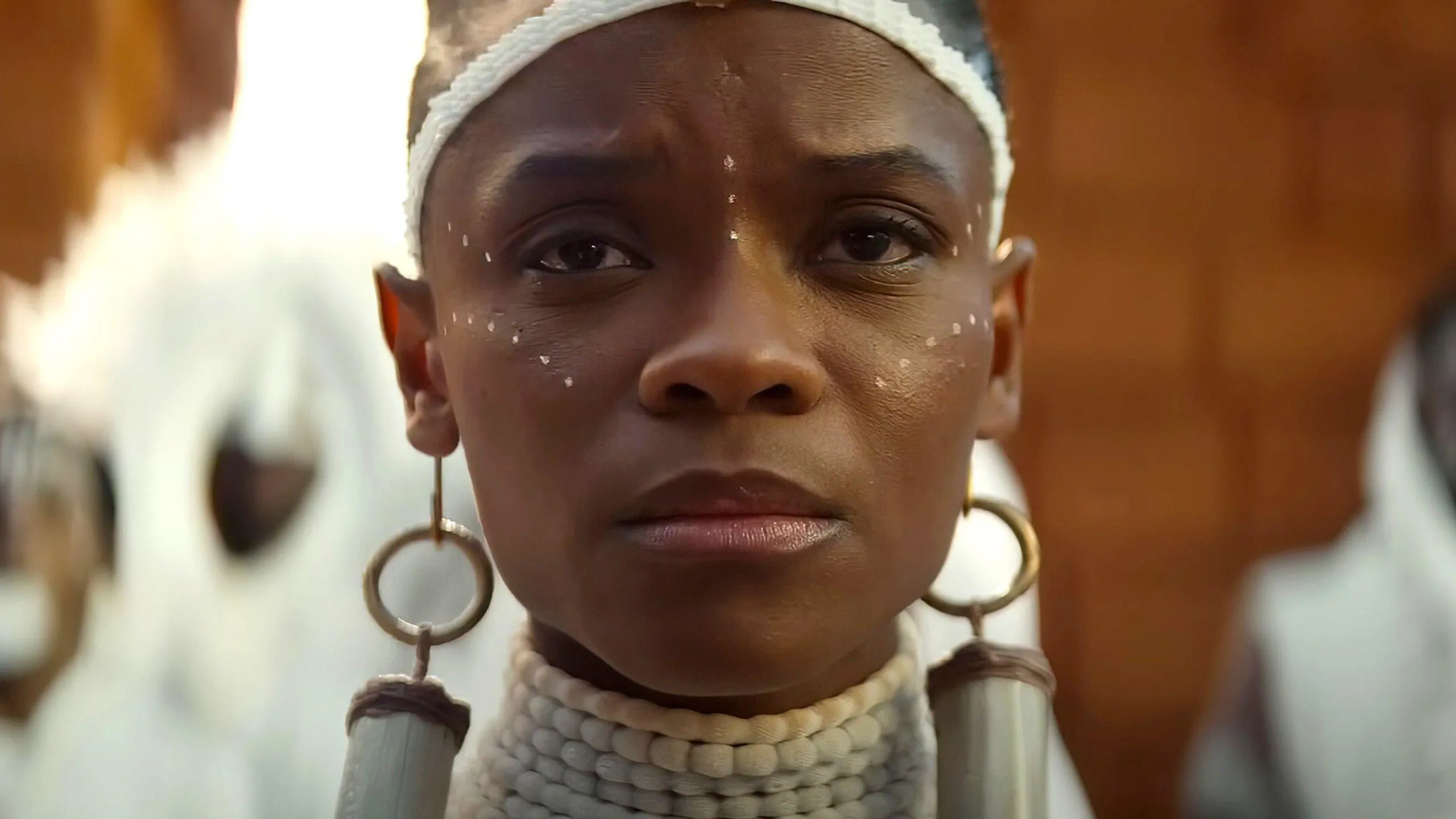
Cleopatra has long been a figure of interest in western society and entertainment. The muse and subject of hundreds of art and literature pieces since her death in 31 BC, Cleopatra has been portrayed in a variety of ways: as a seductress, killer, calculating strategist and doomed romantic, to name a few. I have always found myself interested in Cleopatra, one of the few foreign leaders spoken about in English classrooms. As a woman of colour myself, hearing that women who looked something like me also had a place in history was exciting. But as I grew older and started to see Cleopatra represented on screen, she usually looked nothing like I had imagined; her skin was often white and features European.
Cleopatra’s racial identity has been the cause of debate for years. She is of the Ptolemaic dynasty, descendant of Alexander the Great, the family is of Greek origin, however who would probably been from what we consider Turkey today. The family had ruled Egypt for over 200 years by the time Cleopatra was born, with many unidentified members on the family tree. Although nothing is certain we can be quite sure she wouldn’t have Elizbeth Taylor’s violet eyes or Vivien Leigh’s pale porcelain complexion. More recently, a Cleopatra biopic has been confirmed with Angelina Jolie starring as the enigma that is Cleopatra.
Cleopatra’s primary characteristic has often been her rumoured beauty, so she is always played by women who display the beauty expectations of their time. Historical accuracy can often come second place to the desire of producers to present Cleopatra as stunningly attractive to audiences. Her portrayal can be some of the oldest examples of society’s trend of praising and admiring foreign culture and customs on white bodies only. With Cleopatra appeasing the western and male gaze, she’s used by audiences to explore, and fetishize, difference, comfortably.
“With Cleopatra appeasing the western and male gaze, she’s used by audiences to explore, and fetishize, difference, comfortably“
When I became a little more woke about these things, I realised despite her all-American look, the characterisation, costuming and positioning of Cleopatra seemed to represent all the stereotypes surrounding women of colour. As a female Egyptian Pharaoh, both her gender and ethnic identities are explored through her representations, which carried common tropes often linked to oriental cultures and exotic women. In most screen portrayals, Cleopatra is shown as overtly sexual, primal, corrupt, gaudy and excessive in tastes, a signifier of societies’ expectations surrounding women of colour.
Western cultures fascination with Cleopatra is interesting. Within the first 30 years of Hollywood productions, there were 20 films starring Cleopatra. The way Hollywood deals with the “other” is slightly different than classic literature has – everything tends to become more glamourous or extreme in Hollywood films, producers preferring to eroticize, aestheticize and exaggerate difference, to the point it often becomes the movies main commodity or a marketing ploy. And this is seen in both sexual and cultural difference; we tend to always look at Cleopatra in reference to Caesar or Mark Anthony, the male presence means we tend to therefore view her as the embodiment of sexual allure, rather than a strong ruler in her own right. Her fiery cunning seduction opposes Queen Elizabeth’s Virgin iconography or the prudent Roman women of the time.
“Seeing yourself represented in media and on popular cultural platforms is a way of understanding your own position in society, as well as the position those whom produced the content place you within”
In general, the “other” seems to be most interesting when it comes into contact with the “neutral”, so white men or western culture, hence why we see Cleopatra most commonly through her relations with Rome and rulers, Caesar and Mark Anthony. It is also probably why so many “white hero” films are still being funded. This dynamic allows producers to distinguish and polarise itself from the “other”. Audiences’ desires for the intense, dramatic and cardinal pleasures are safest explored through interacting with cultures the audience don’t feel they belong too, yet the gaze often remains male and western.
There is so much power in representation; power to mark, assign and classify. We should understand the need to be mindful of what we believe when we take the representation of historical figures as fact. Renews of historical figures may seem factual but, in actuality, the most popular seem to be those we know enticingly little about, likely because producers and creators can shape them how they please. How they choose to shape them is a reflection both of the figure or culture represented and the presenters’ ideologies.
Representation is important to those that find similarity or belonging in these films. Seeing yourself represented in media and on popular cultural platforms is a way of understanding your own position in society, as well as the position those whom produced the content place you within. The way African history is represented and what people chose to focus on becomes what most people know and understand about the subject. In this case, Cleopatra’s seductive ambiguity and rumoured beauty pulls us into a love story, rather than into exploring the astonishingly developed and complex ancient Egyptian society. I only hope that Angelina Jolie’s upcoming film challenges the trend. That we will see Cleopatra represented as a strong leader, as an intellect, a mother and a woman whom embodied and respected both her Greek Hellenistic heritage and the Egyptian Polythetic culture.









